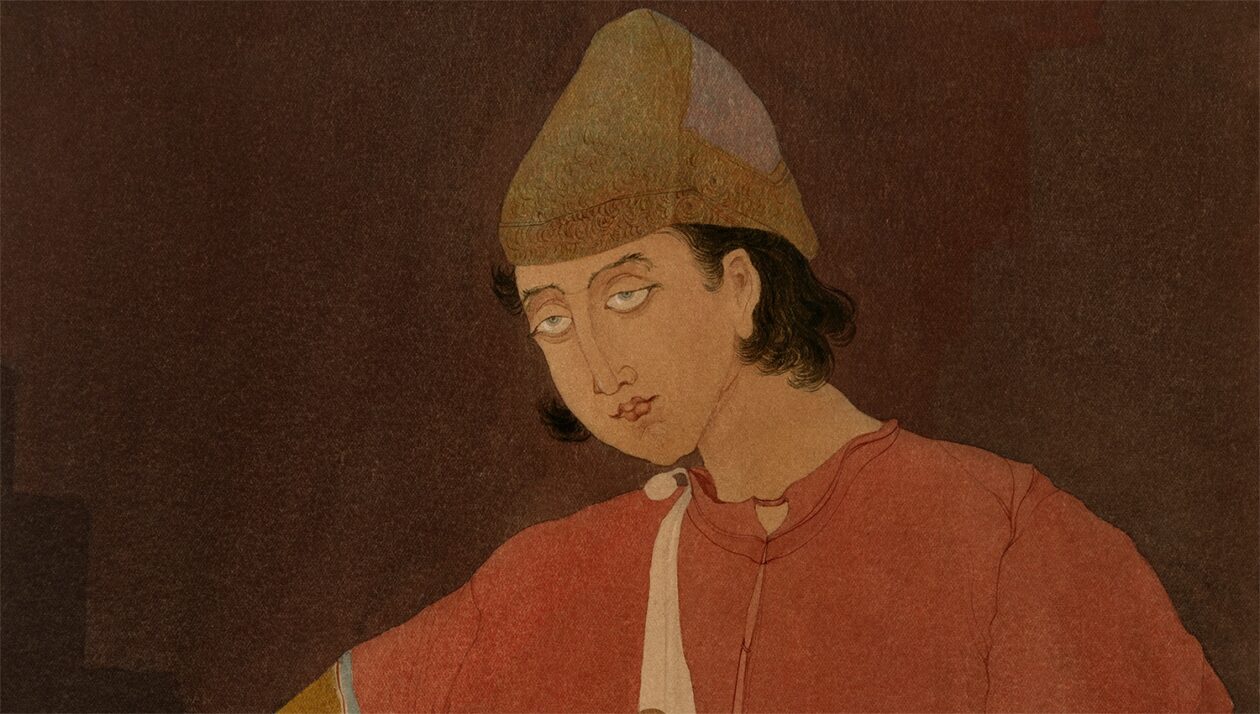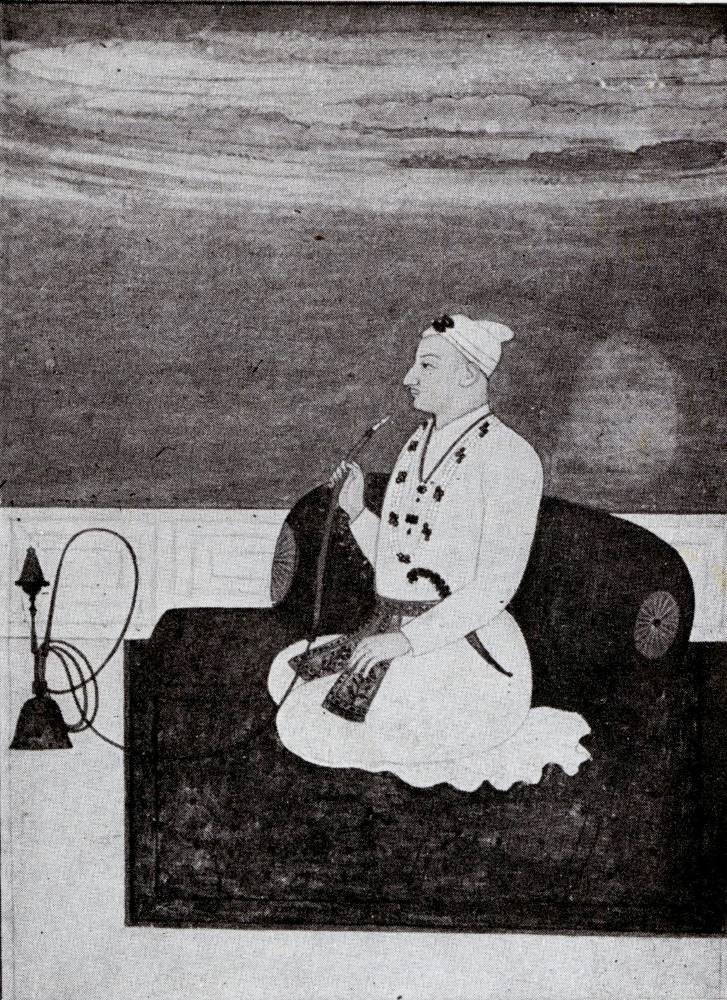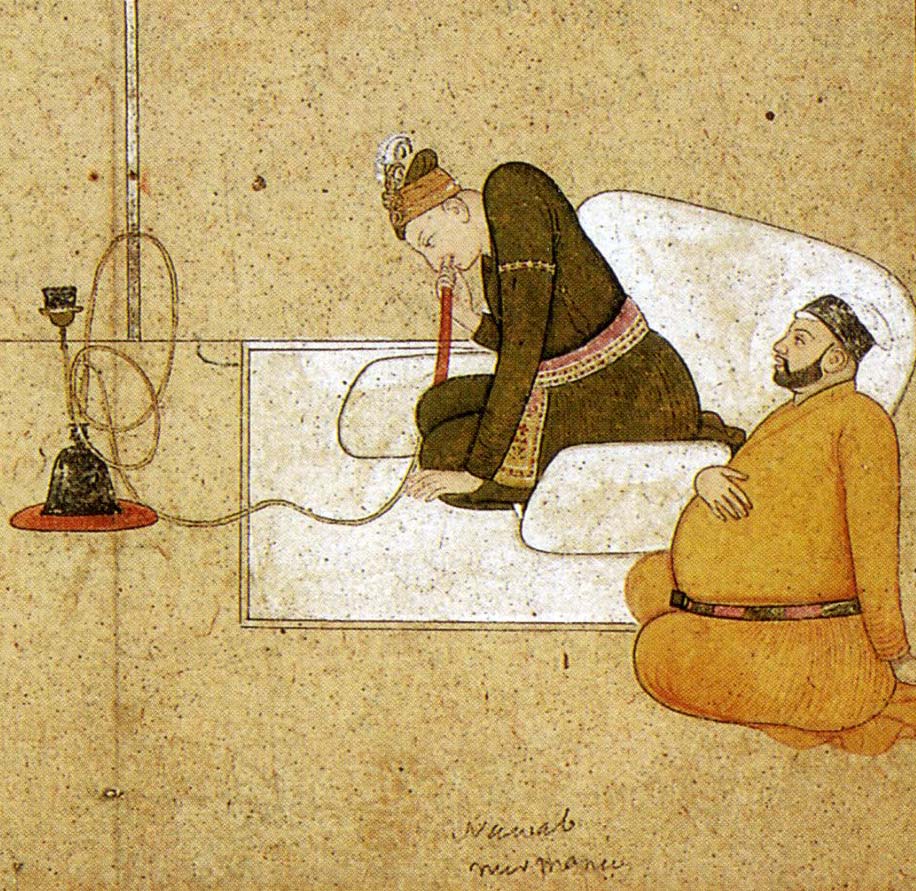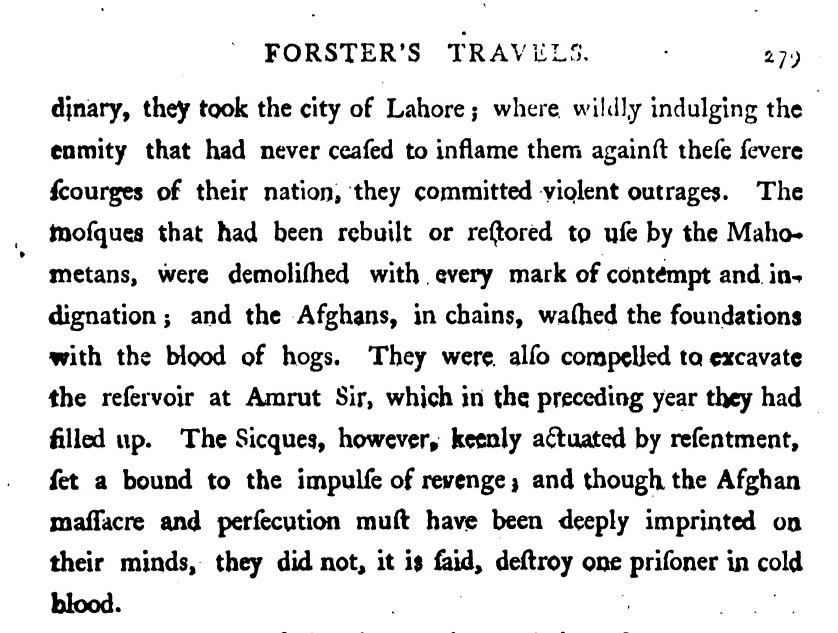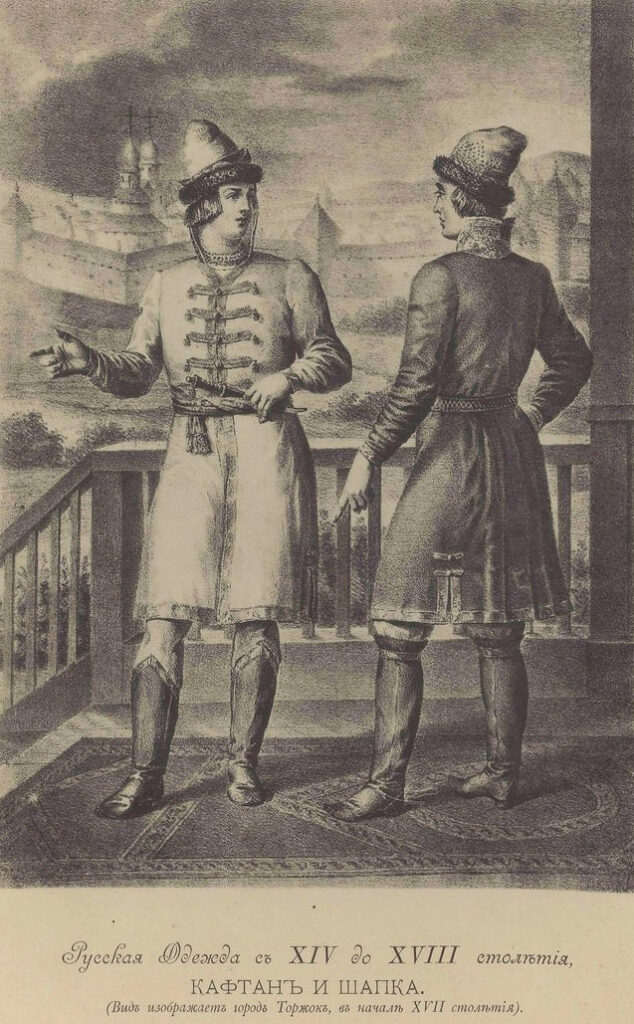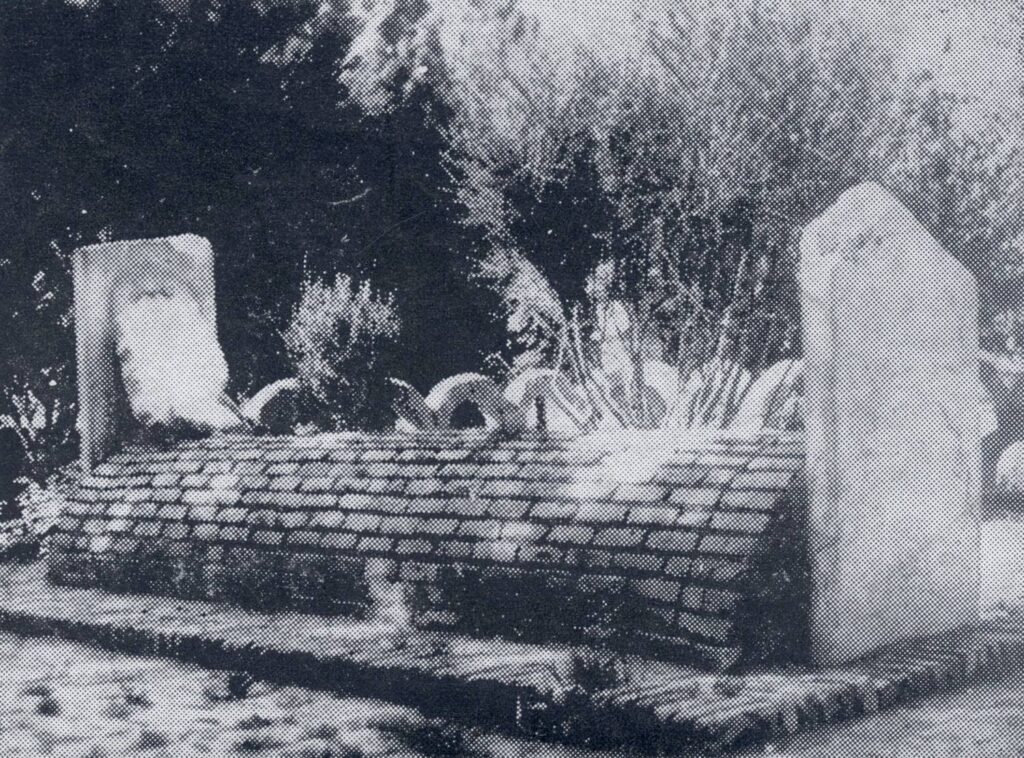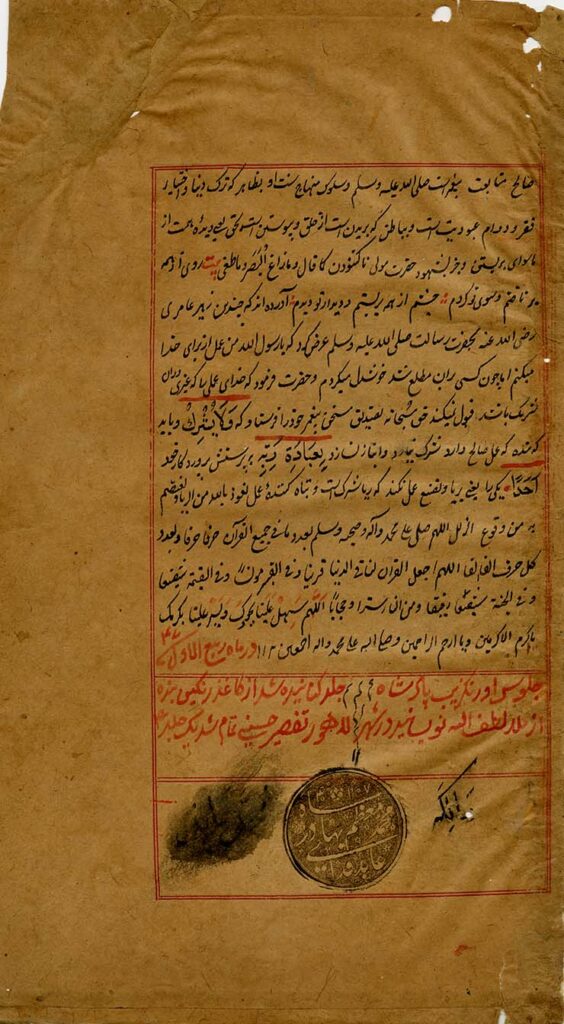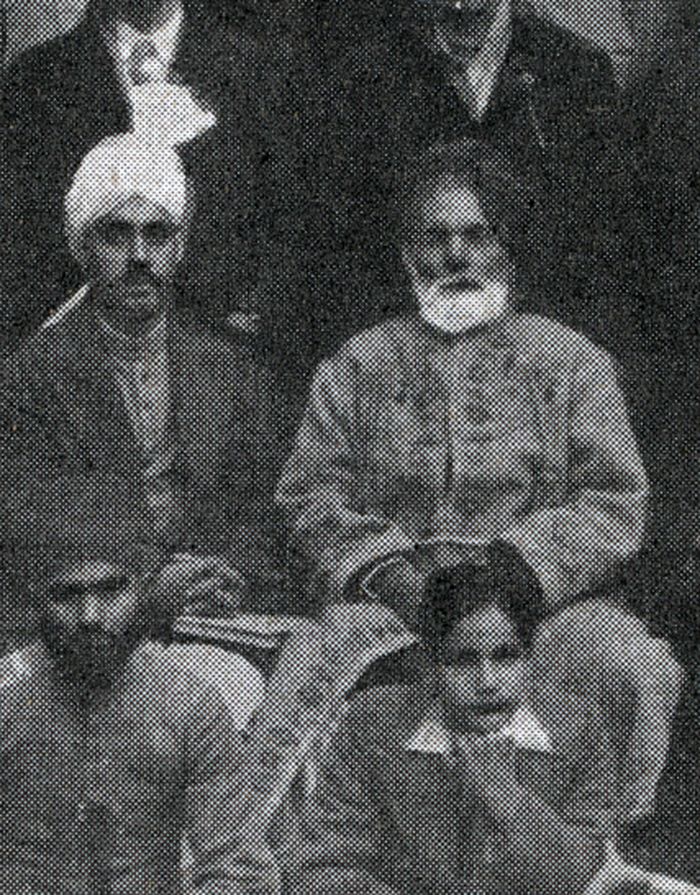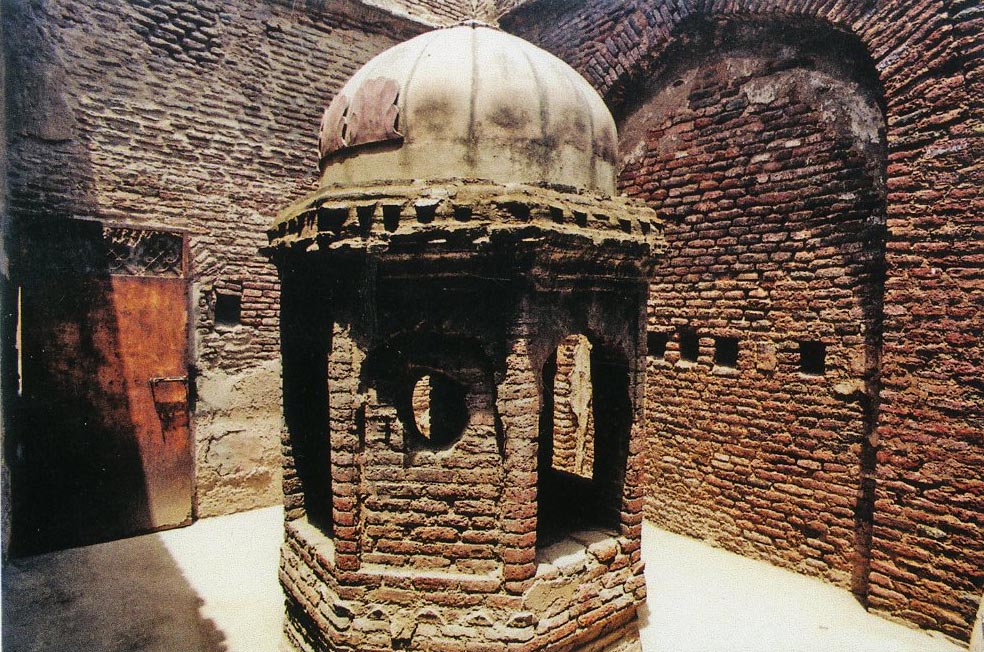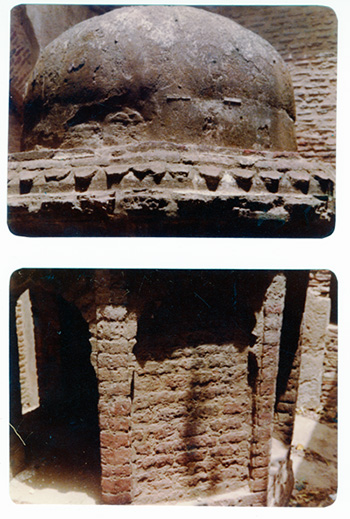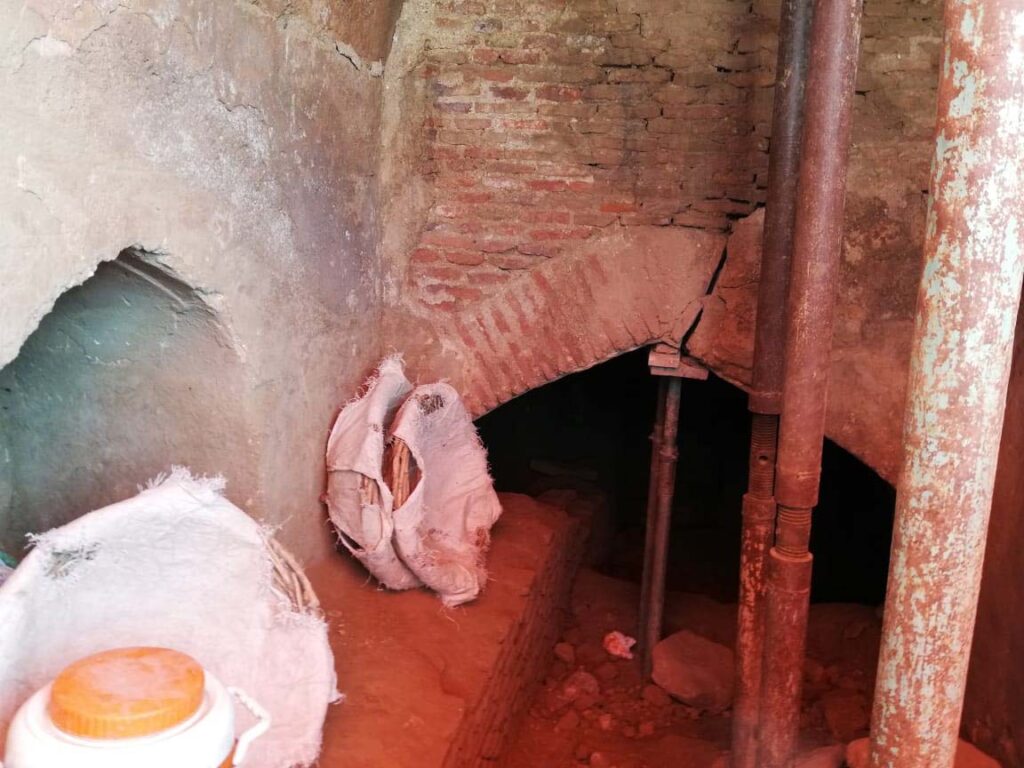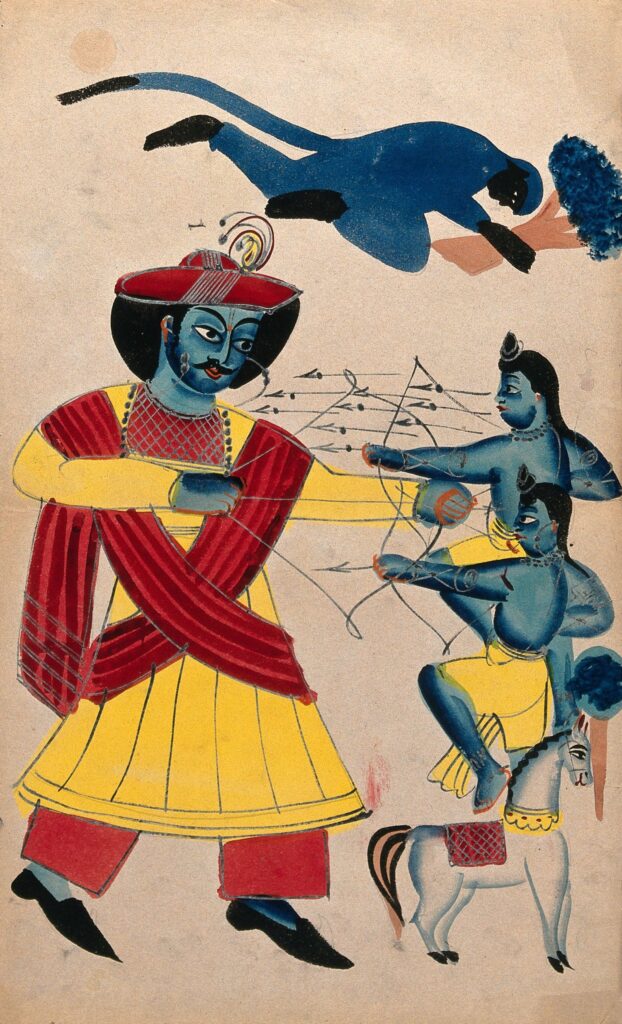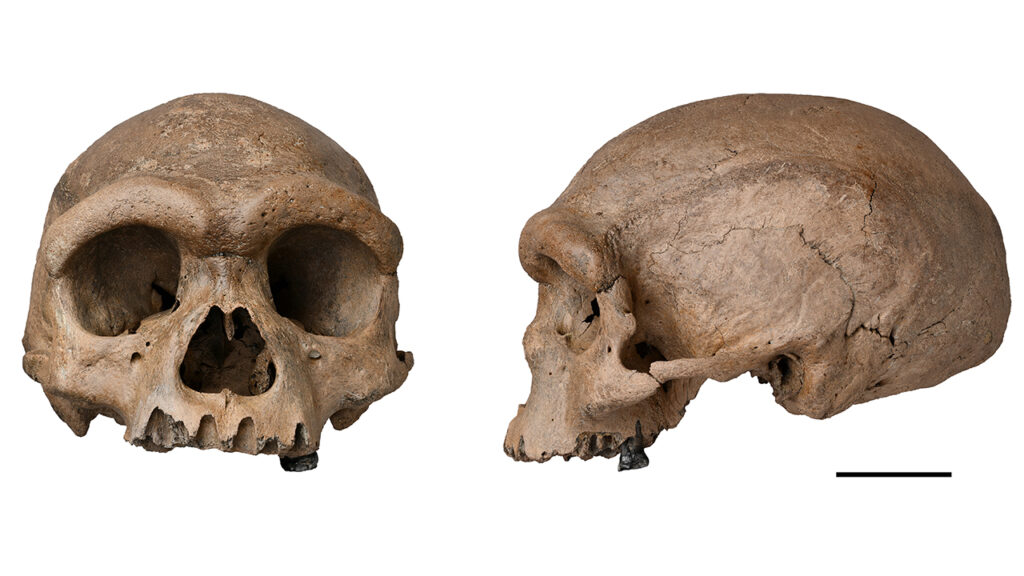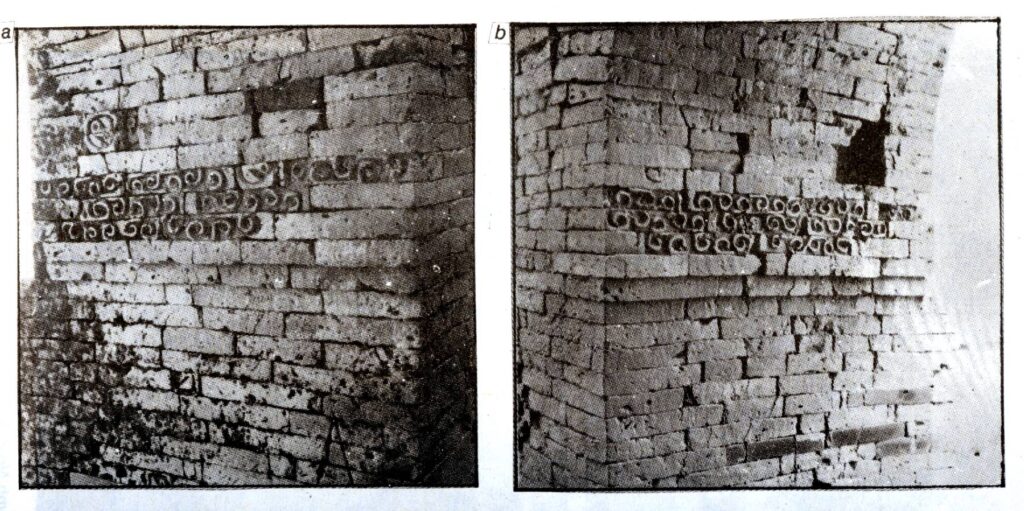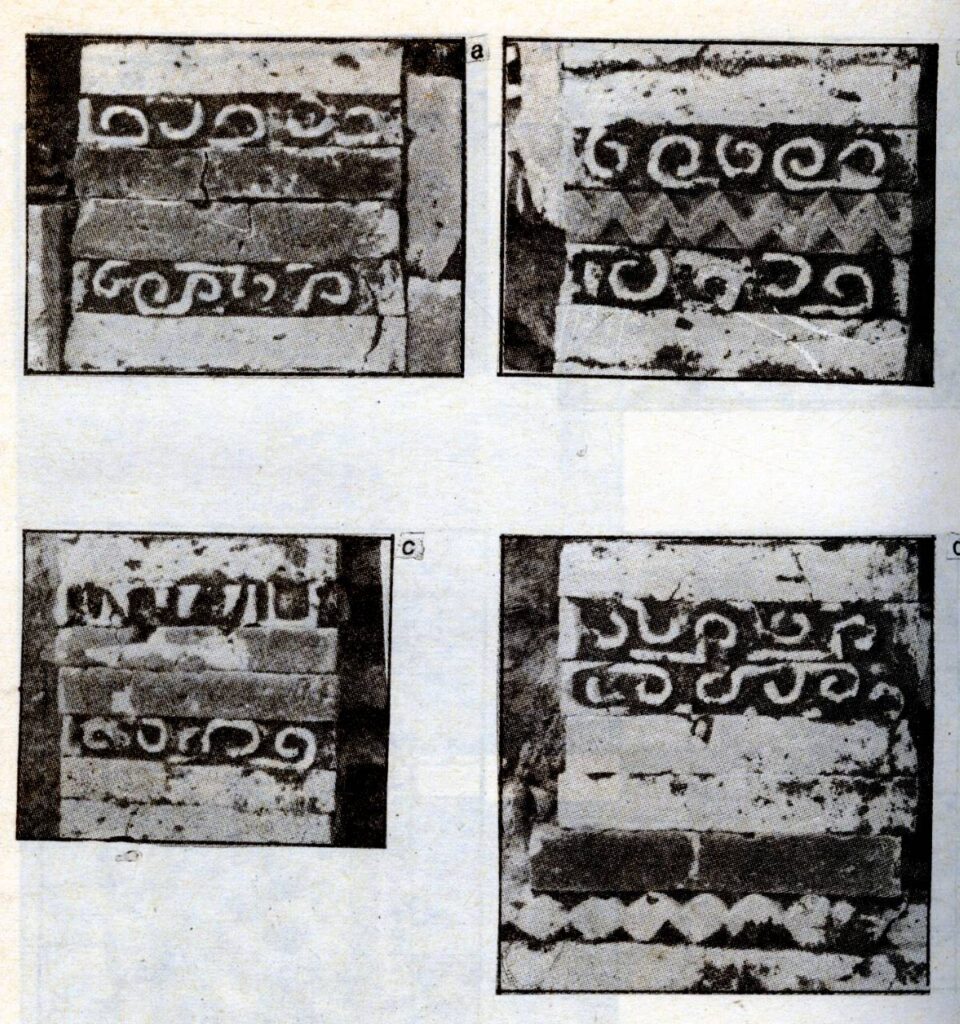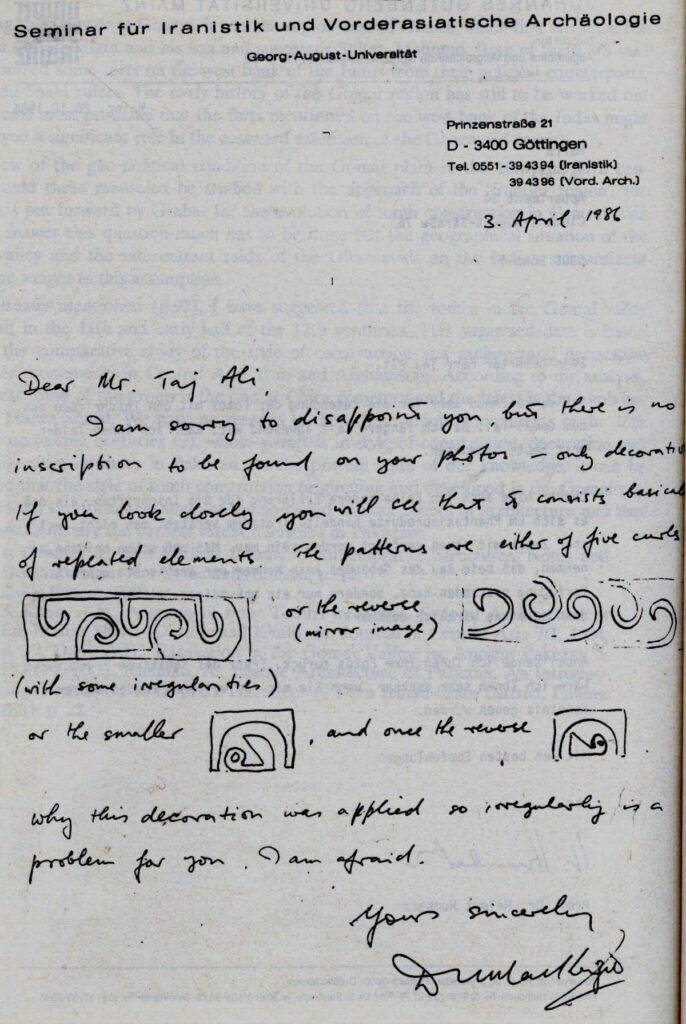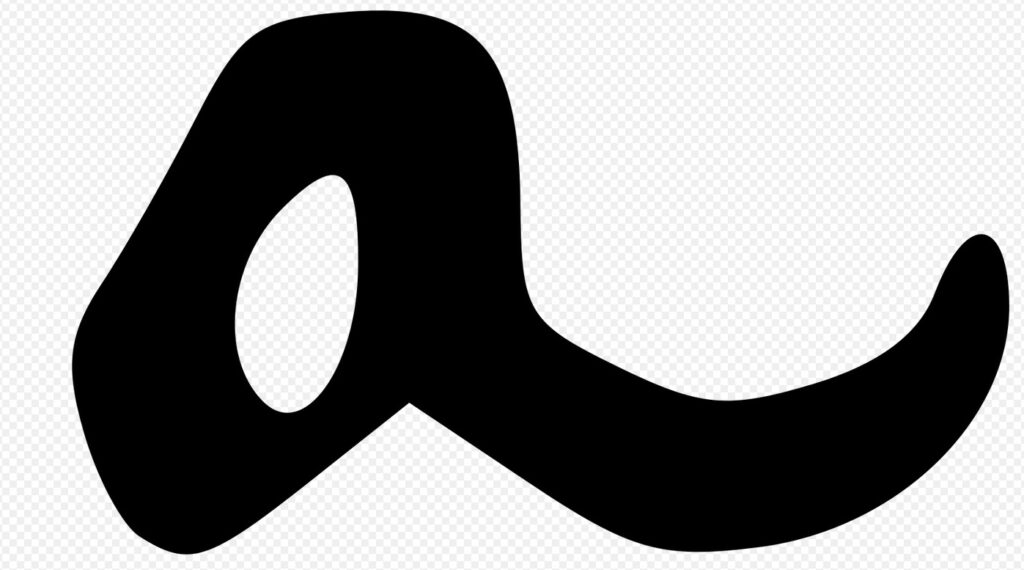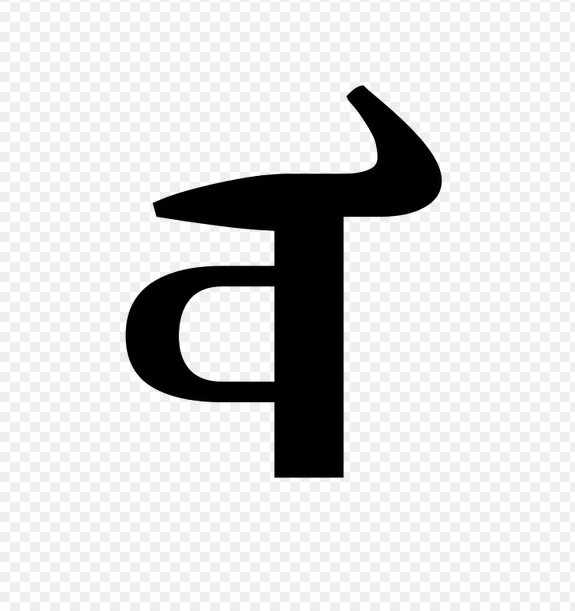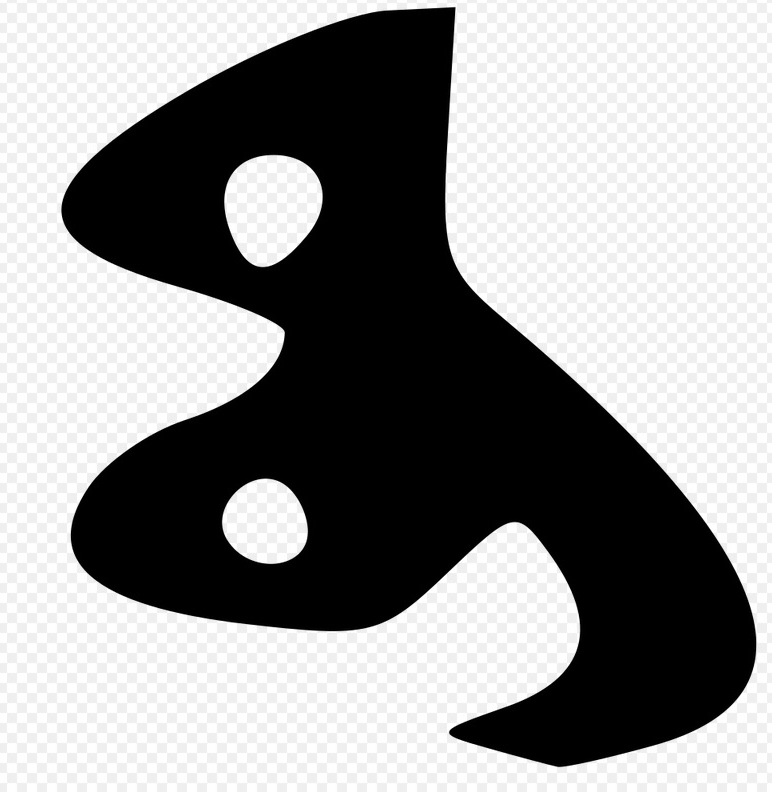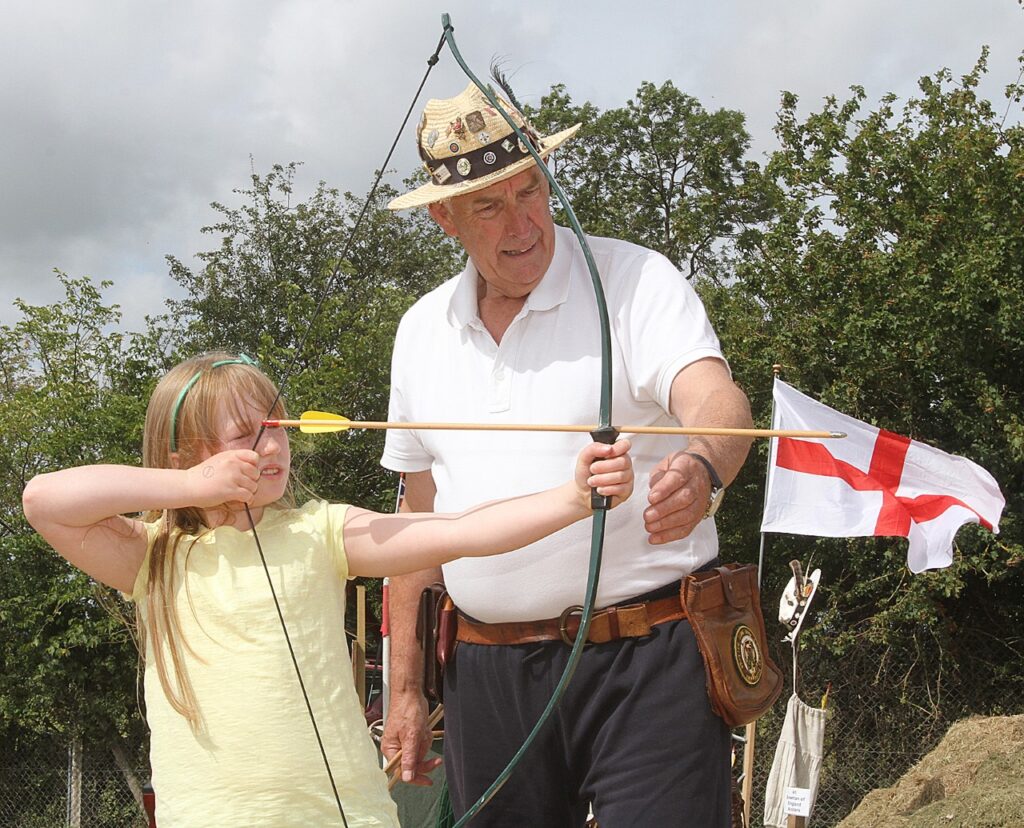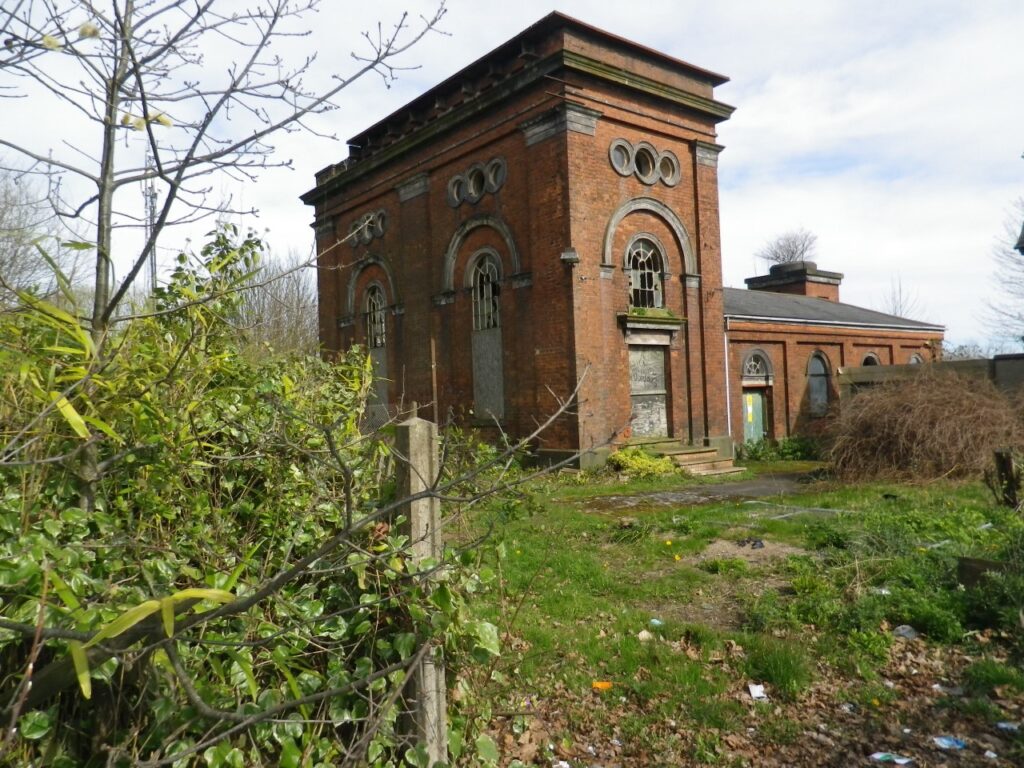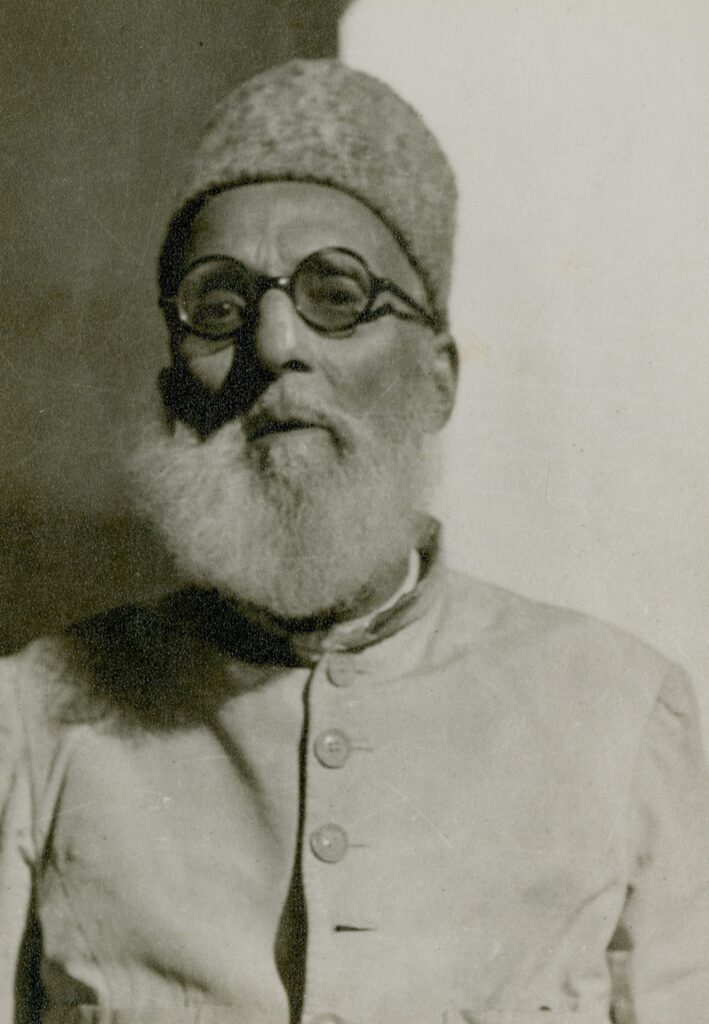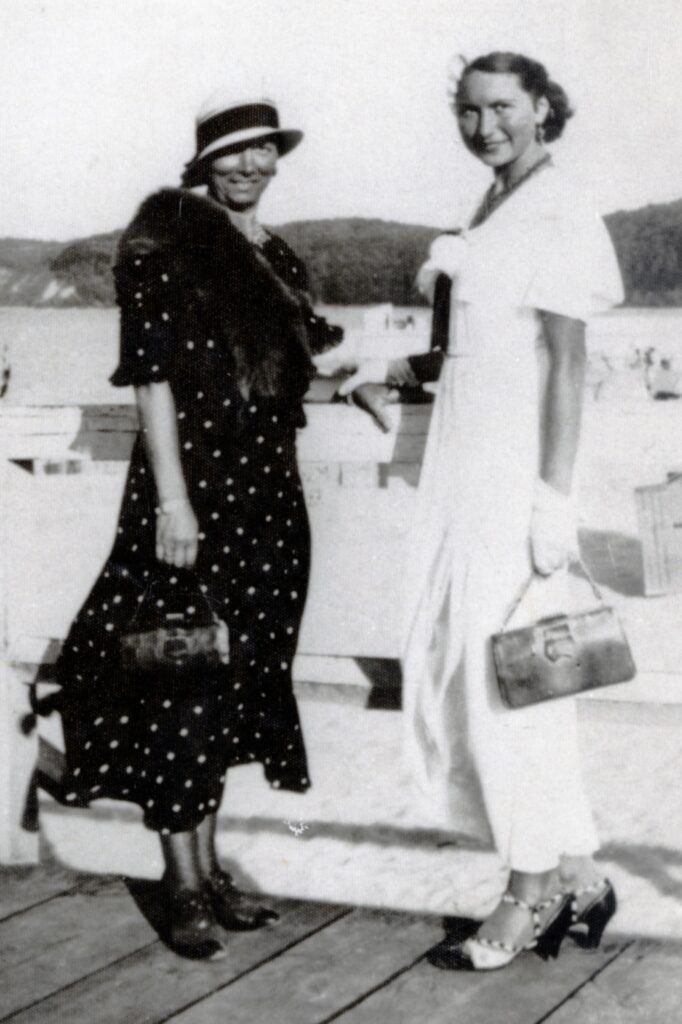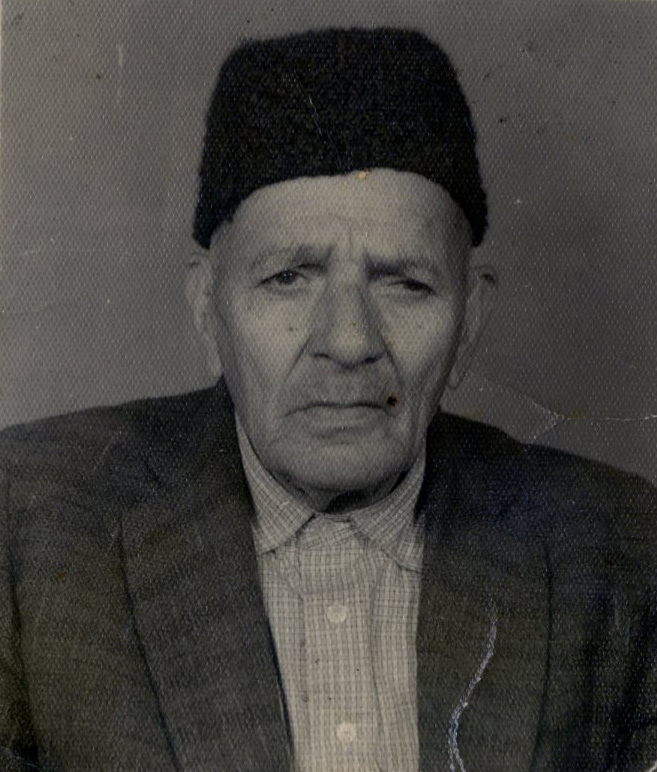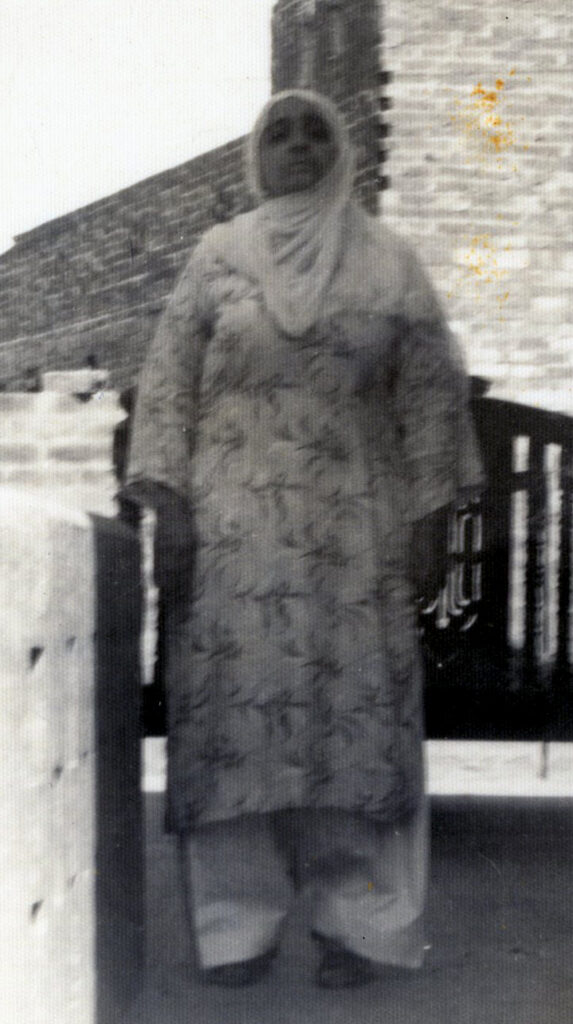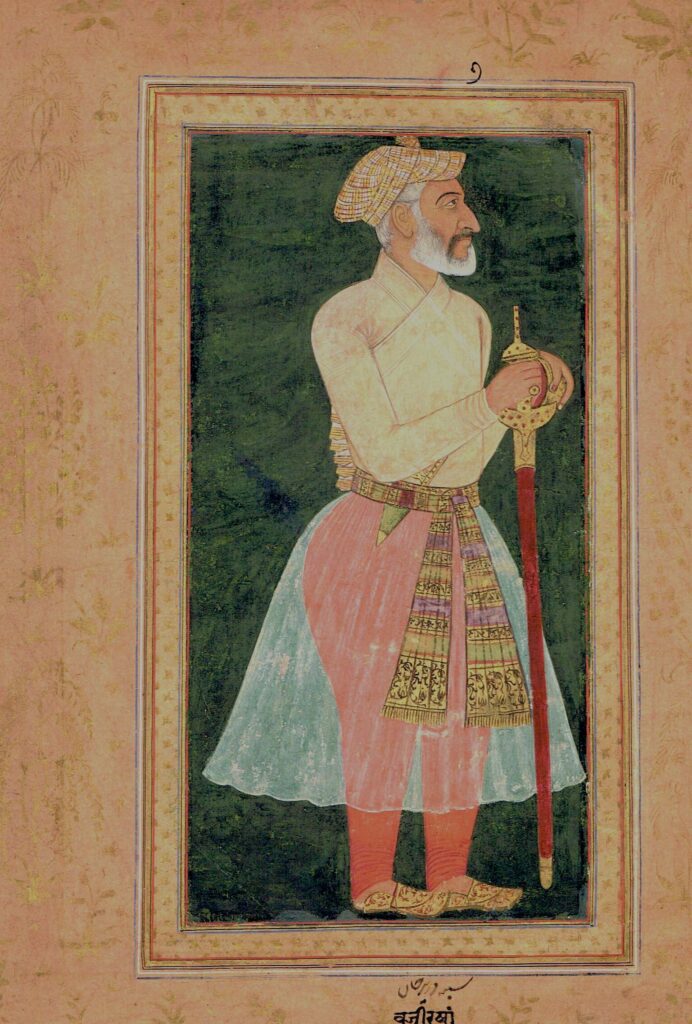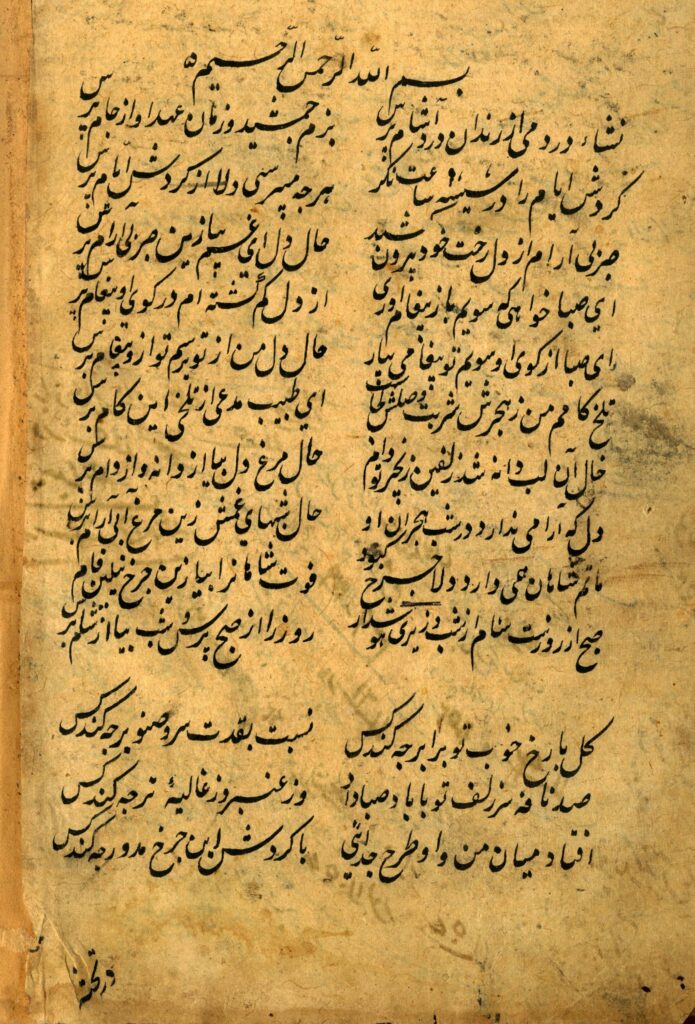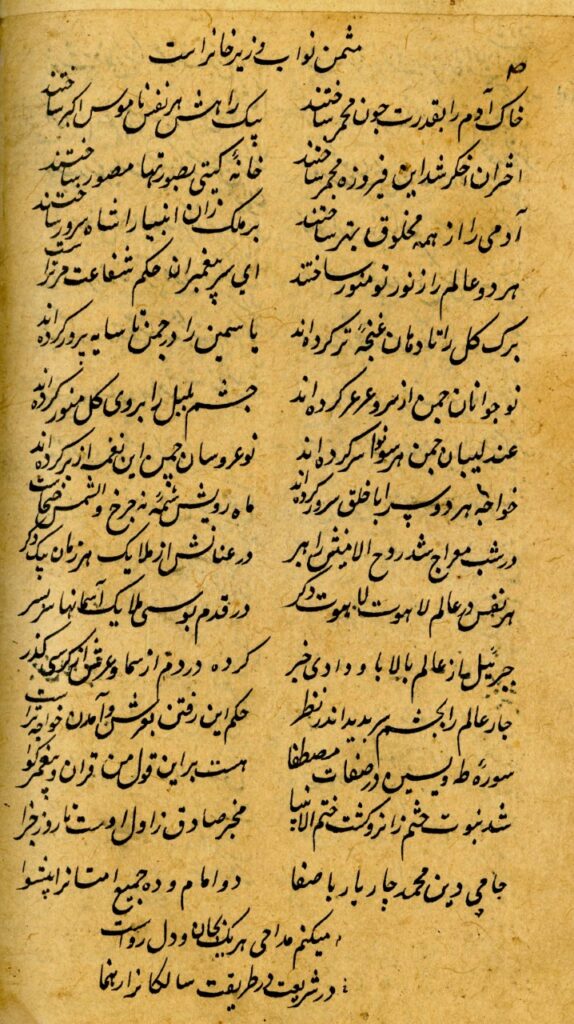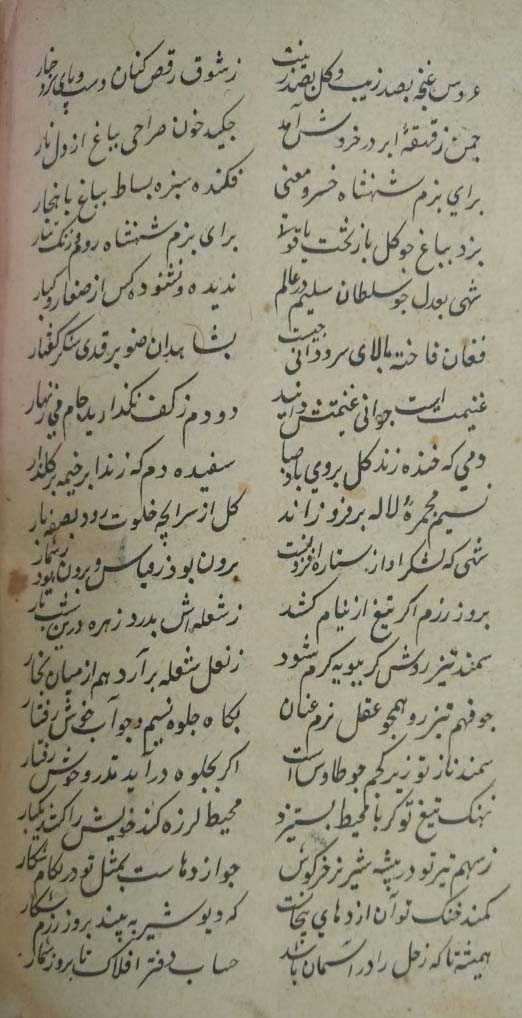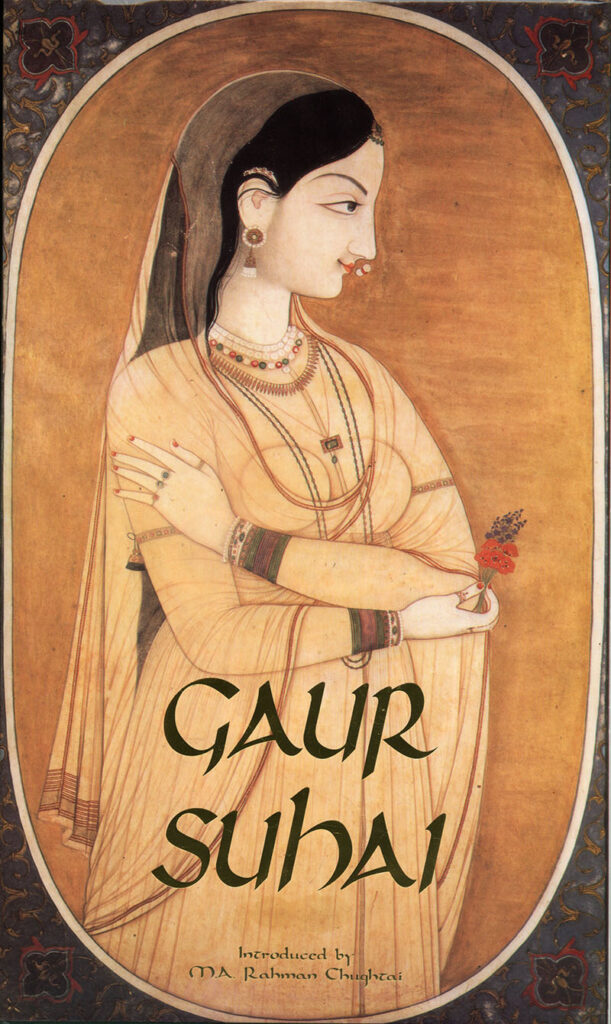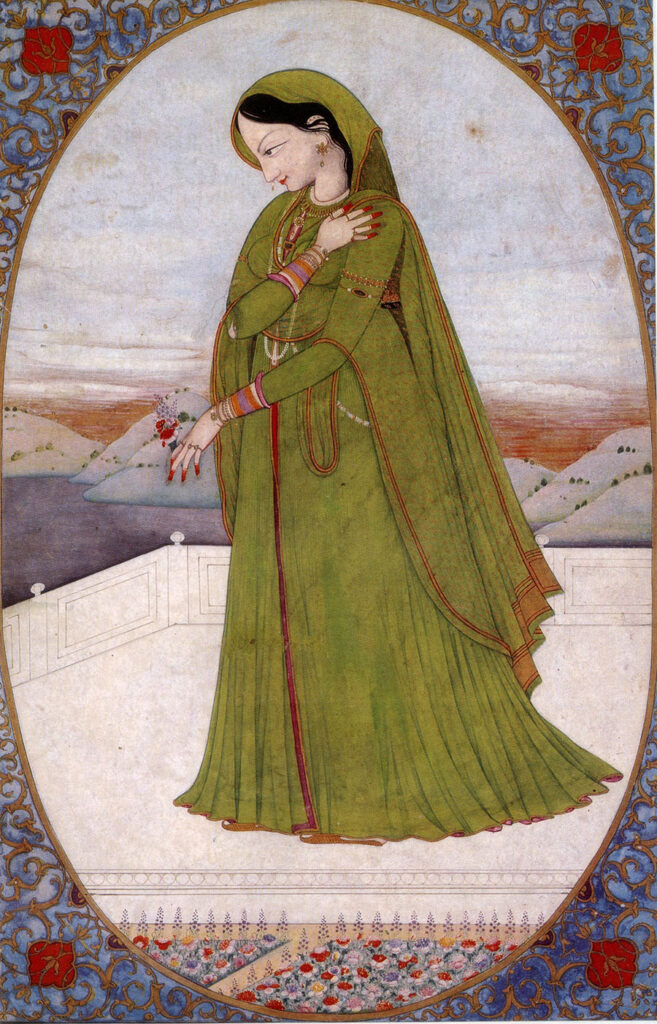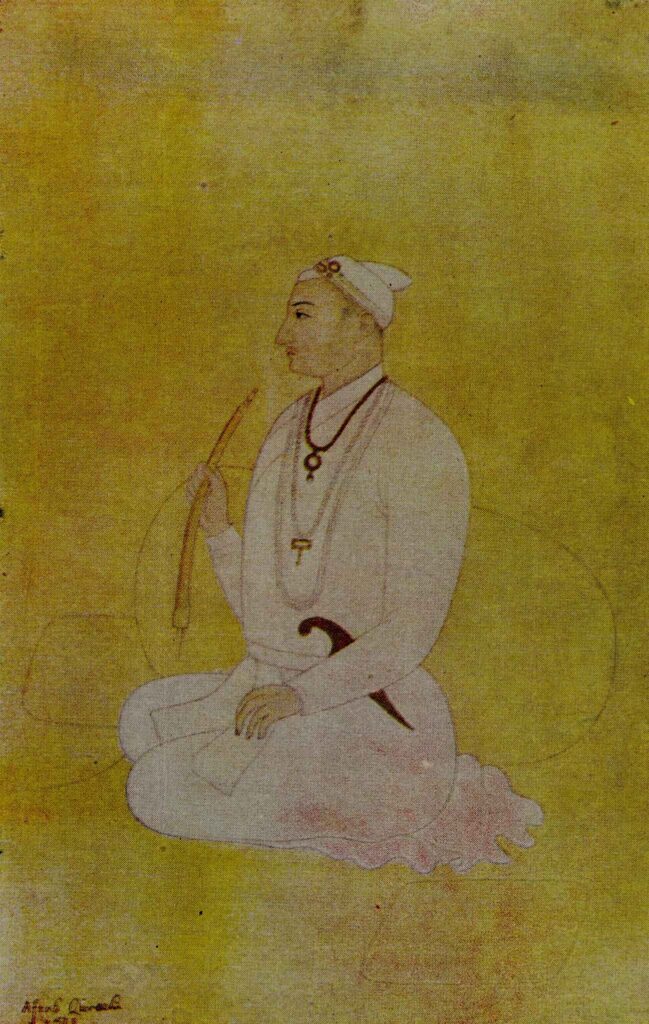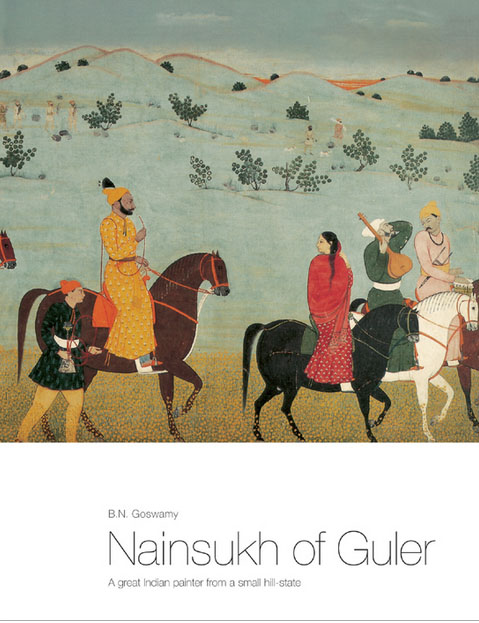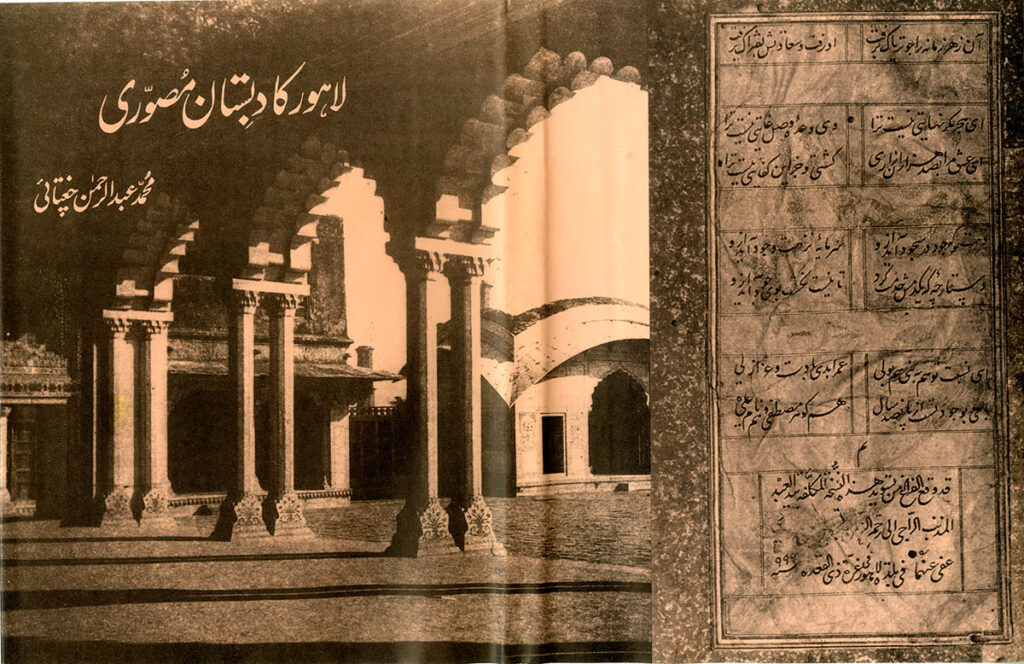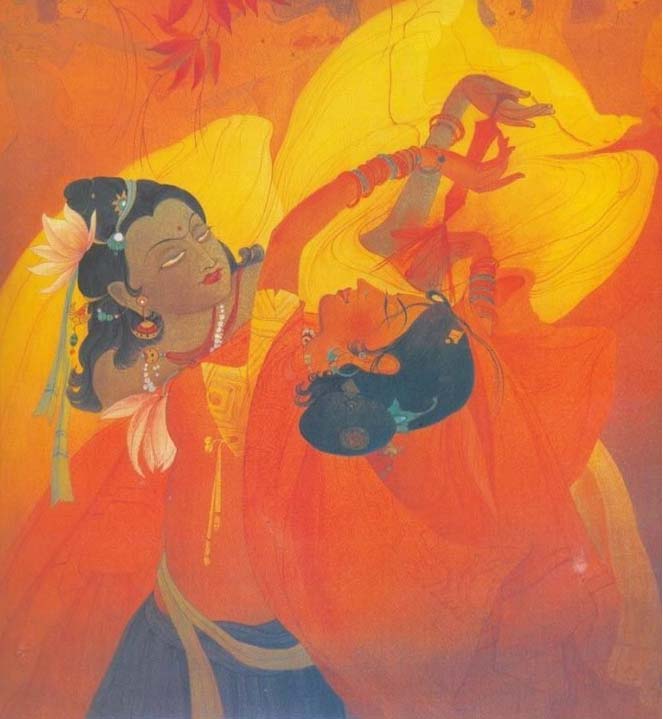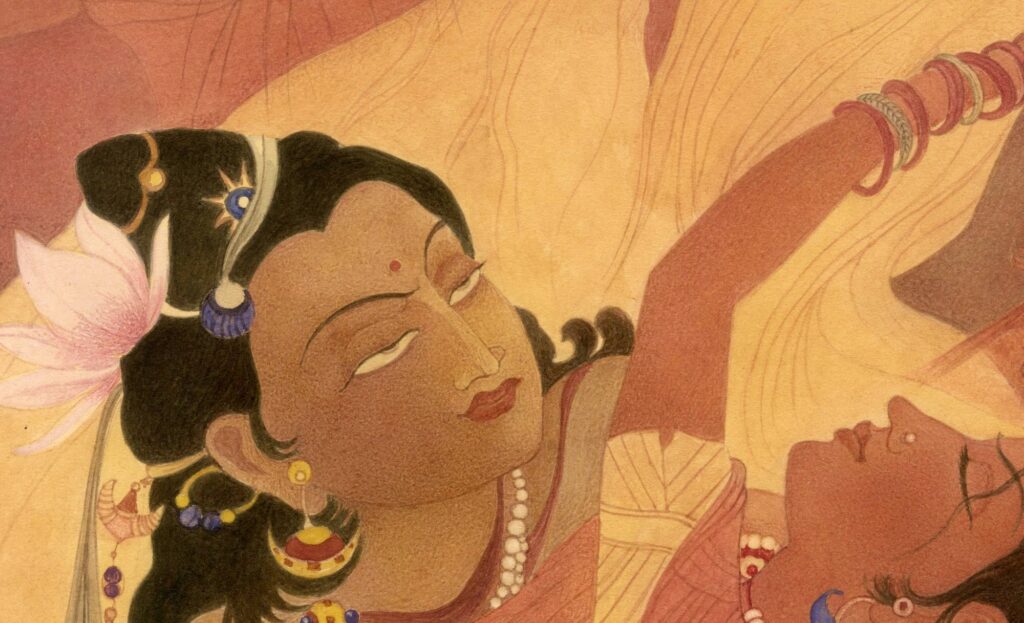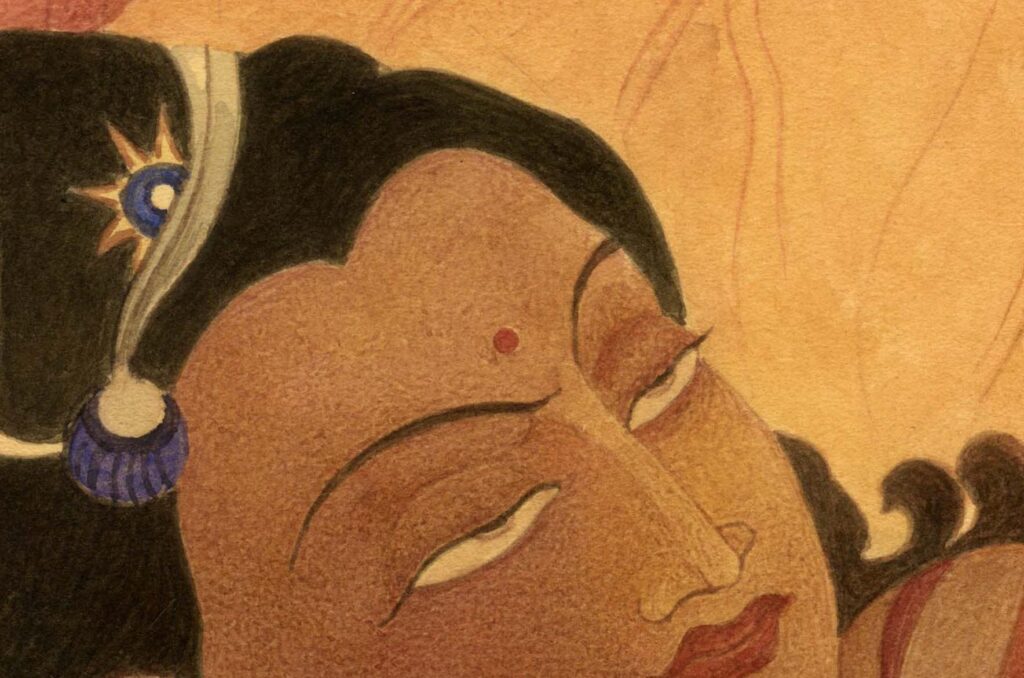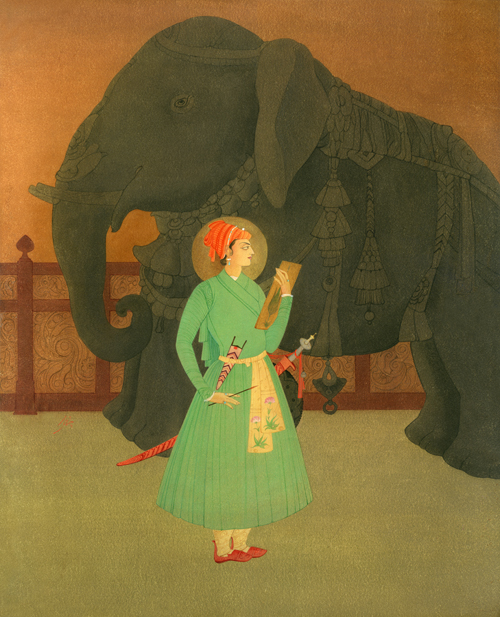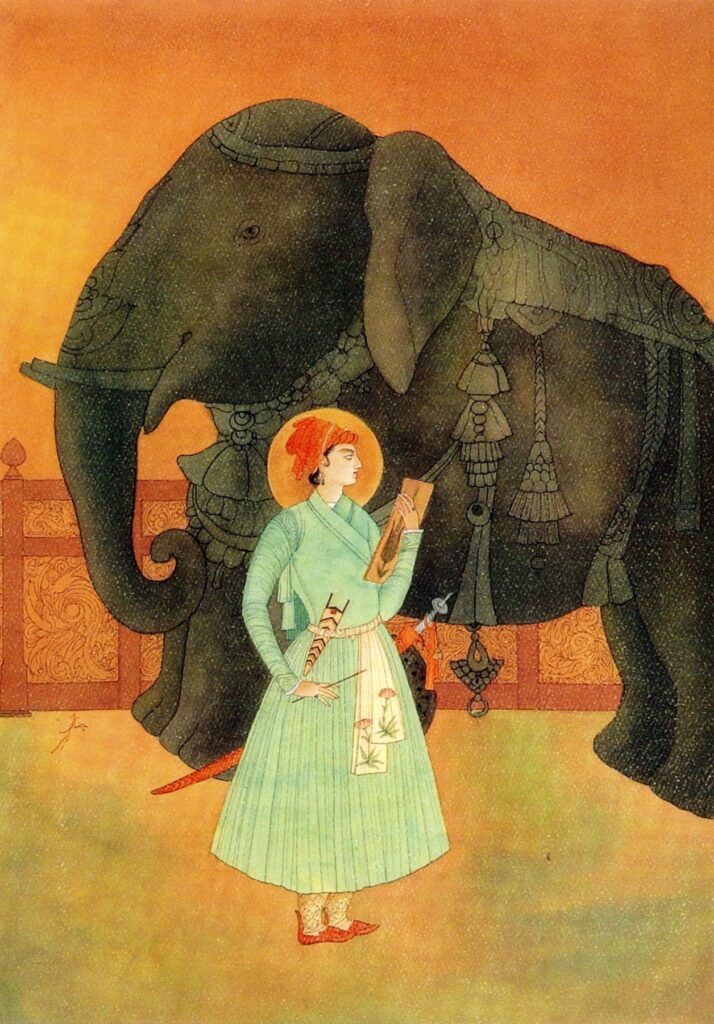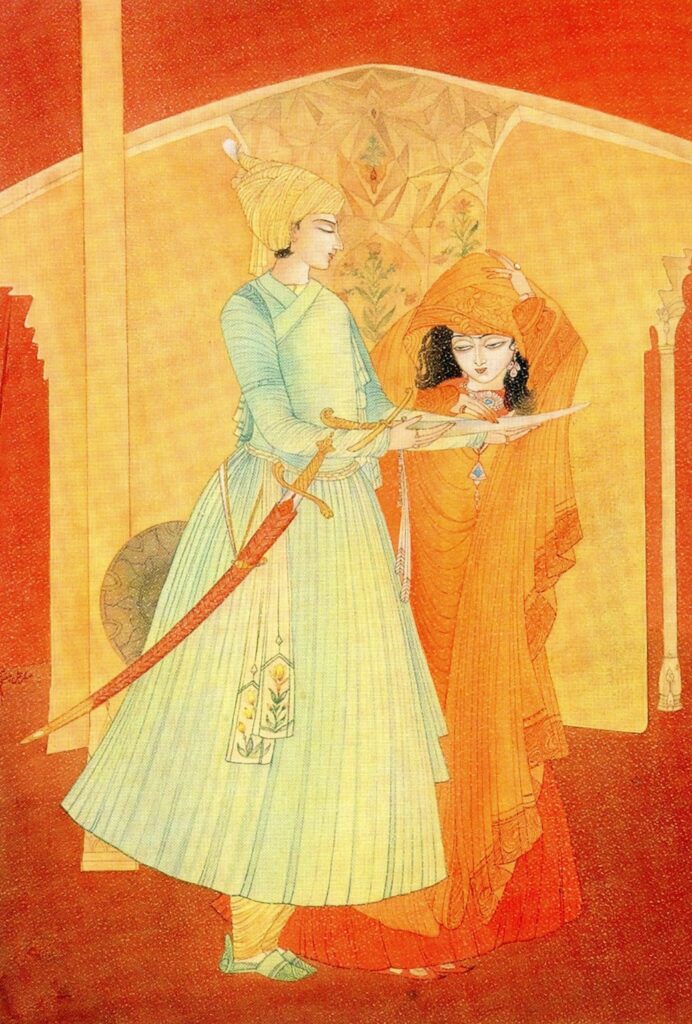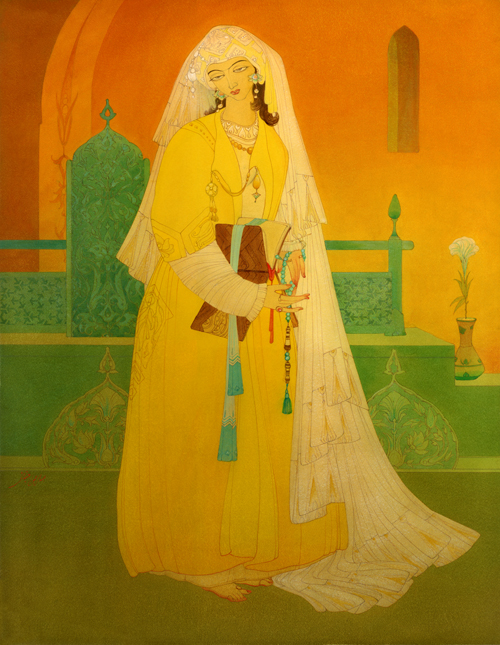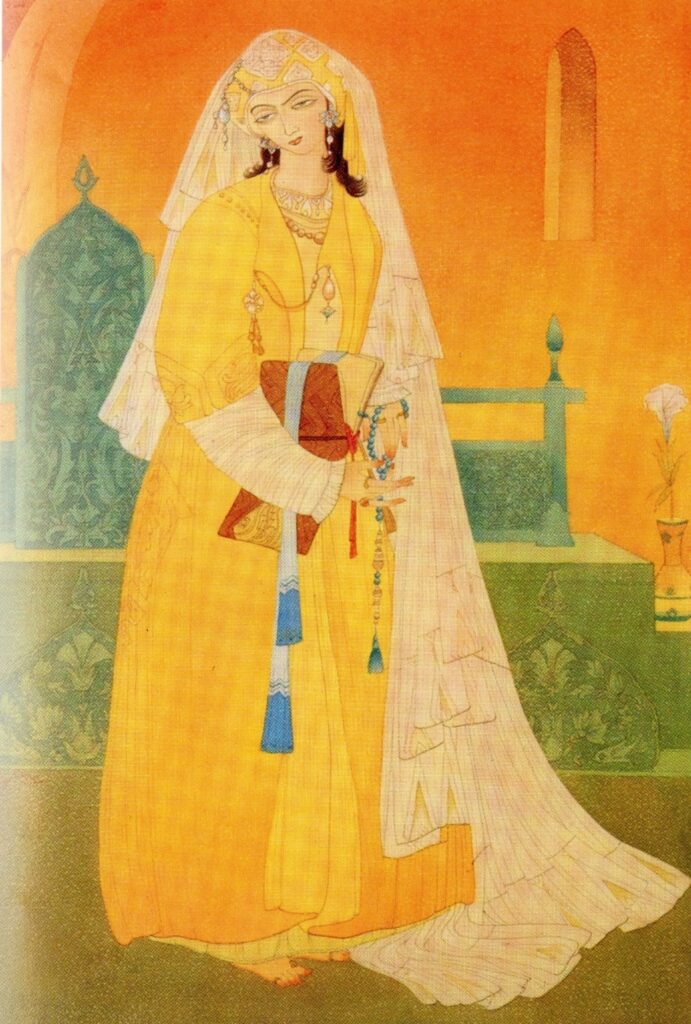HEROES AND VILLAINS MADE BY LOBBIES ALLERGIC TO OBJECTIVITY;
THERE IS CULTURAL SIDE OF MIR MANNU GOVERNOR OF PUNJAB.
Often two civilizations are actually not at war. It is the representatives of civilization at one given time which involve themselves in atrocious acts. If we study regional history, the Sikhs and Muslims have their ups and downs. Many times indulged in unimaginable acts. Not ways of life but groups of people at one given time. But writing about such things in objectivity is really not possible, because history writing is not always in hands of sane people. War mongering is the name of the game. Fancy stories are fed. This is story of the Sikhs and Muslims in the 18th century. But E.M. Forster in his letters write of the conflict in 1783, which is very near the events that are spoken by historians. The most atrocious events are blanked in one party forays alone.
” The Siques….. they besieged… they took the city of Lahore…committed violent outrages. The mosques that had been ever rebuilt or restored to use by the Mohammedans, were demolished with every mark of contempt and indignation; and the Afghans in chains, washed the foundations with the blood of hogs.”
In response what would happen? The same kind of treatment, if not less but even more. Whereas stories of Mir Mannu are painted as facts when many are just fancy fairy tales, Sikh historians fail to write their own failings in sequence. It is not for us to write all the misgivings, but few blatant truths. In the so-called paradise of Maharajah Ranjit Singh, the Muslims were not even allowed to say their prayers as “Azan” was not allowed. It was British who impressed upon Maharajah Sher Singh to restore same. About 3000 Muslim buildings such as mosques and monuments were ruthlessly destroyed. This is history not accusations. And what happened to trains and Muslims coming back to Pakistan is history in itself. Literally slaughtered. But Sikhs are emotional people (easily riled up), and so are we. We too have the capacity to forget and forgive. Let gone be bygone and start anew. It has not always worked, but one has to keep on trying in good faith. No alternative to peace and co-existence.
But this is not a political dialogue. It is to approach the personality of Mir Mannu, Governor of Punjab in the cultural context. For some very important years, he was the ruler of the region, and all these petty States came under his direct rule. That Mir Mannu was held in esteem is known from the number of portraits made of him by various artists. Verses written on miniatures praise his victories and lament his defeats. Indian scholars are adept at distorting history with innuendoes. Mention is hazardous to them. But one picture made at the Darbar of Mir Mannu beats them all. A pair of foreigners sexually attack dancers at a party thrown by Mir Mannu. An inscription calls them Europeans. However, the caps look Russian. Both young men have different colour complexions. Frilly hair styles. Both wild with sexual frenzy and Mir Mannu laughing at their follies. The Court amazed at this reaction too. Part of a group of paintings now lost.
Bought in Lahore by a European traveler in 19th century. Probably sold by first antique dealer of Lahore, Bahadur Shah. The dealer who used to supply things to Western museums. There is a family in Lahore, descendent from Mughalani Begum, and they have many documents about that period of time, as told to me by late Asghar Amritsari. Rarely followed. History is an ongoing process of time. Record and omit are lessons of life.
The death of Mir Mannu is lamentable. Seen as an obstruction, he was poisoned to death. He fell from his horse, dead, and his upper torso had gone all black. The food he took before that. And other lament Hira Singh had his bones removed, and the skull of Mir Mannu was placed on his gutter (mori pay rakh deya), so that filthy water would wash the heroism of the valiant son of Punjab. All these things are concealed with time by historians. One version has it that his body was buried in Cognito in the graveyard of Hazrat Eshan. The proclaimed tomb housed the alcohol shop of Gurdit Singh. Who knows? No one even wants to know. Tell us myths, we will believe them. As time passes heroes become villains and villains become heroes. Allah knows best!
